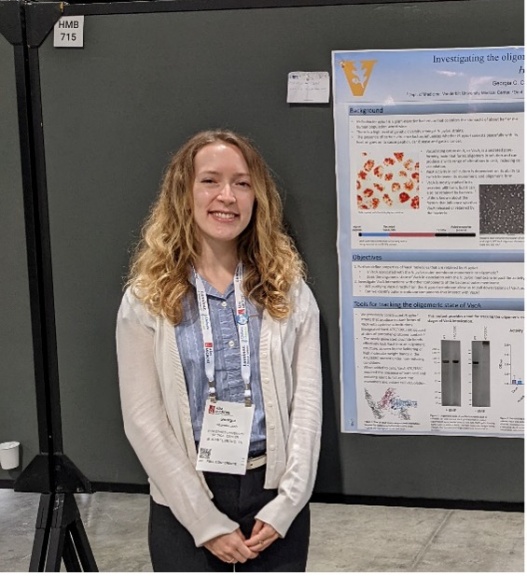When humans engineered synthetic polymers that were virtually impossible to break down, we thought we’d achieved a major victory over the pesky microbes that were shortening the shelf lives of our favorite products. But sometimes winning a fight leads to a whole host of unexpected consequences: in this case, an unmanaged plastic waste crisis threatening the health of humans and the planet we live on. Now, scientists are wondering exactly what it will take to get microbes to come back and degrade what we purposefully designed to be non-biodegradable.
In episode 257 of “This Week in Microbiology” (TWIM), hosts Michael Schmidt, Ph.D., Michele Swanson, Ph.D., and Vincent Racaniello, Ph.D. discussed whether bacterial enzymes might be the solution for the plastic pollution crisis in our oceans. According to the hosts, 9-14 metric tons of plastic enter the oceans every year, adding on to the 150 million metric tons already present there. Plastics in the ocean outnumber sea life by 6:1, and it doesn’t take much searching to find even more disturbing facts about plastic pollution (the Google images results for “ocean plastic gyres” are unforgettable). Why is plastic waste so ubiquitous? Unlike the peptide bonds that form most organic matter, the carbon-carbon bonds that make up synthetic polymers require a high amount of energy to break and are unrecognizable to most microbes1. However, microorganisms have evolved ways to break down naturally occurring polymers like those in plants – so why not human-made polymers too? This idea was first proposed by Ernest Gale in 1947 – that if there’s carbon in a molecule, some microbe will find a way to utilize it as energy2. This idea of “microbial infallibility” has become important for scientists looking for solutions to the plastic problem. The authors of the paper discussed in this episode of TWIM set out to answer one main question: What is the global potential of microbes to degrade plastic?
Although the discovery of plastic-degrading microbes is not new, previous studies used classical techniques: sampling microbes around recycling facilities and testing whatever grew for its ability to degrade plastic3. Although it has been successful in some cases, this approach is inherently low throughput and limits discovery to microbes that can grow in the lab. Zrimec et al. took advantage of recent advancements in global DNA sampling and sequencing for their 2021 study, using hidden Markov models of experimentally verified enzymes to probe for new enzymes capable of degrading plastics4. By sampling oceanic and soil populations from around the world, they discovered over 30,000 enzyme sequences with the potential to degrade 10 different types of plastic. They also found a correlation between the amount of potential plastic degrading enzymes and the level of plastic pollution in that region. The TWIM hosts pointed out that this method is not perfect: the authors used the human microbiome to rule out false positives even though microplastics are now so ubiquitous that we consume thousands every day in our diets. However, this paper still serves as a crucial jumping off point for other scientists and engineers to explore the function and manufacturing potential of these enzymes to break down plastic without needing to culture a specific species of bacteria.
So, what will it take to fix the problem of plastic waste? According to the hosts of TWIM, it will take microbiologists, chemical engineers, and synthetic biologists working together to enhance current plastic degradation strategies. But first and foremost, it will require finding microbes willing to make the best out of the mess that humans have created.
References
1. Schmidt, M., Swanson, M., Racaniello, V. I have one word for you: Plastics.
This Week in Microbiology Episode 257. January 2022.
2. Science of Plastics. Science History Institute https://www.sciencehistory.org/science-of-plastics (2016).
3. O’Malley, M. A. & Walsh, D. A. Rethinking microbial infallibility in the metagenomics era. FEMS Microbiol. Ecol. 97, fiab092 (2021).
4. Yoshida, S. et al. A bacterium that degrades and assimilates poly(ethylene terephthalate). Science 351, 1196–1199 (2016).
5. Zrimec, J., Kokina, M., Jonasson, S., Zorrilla, F. & Zelezniak, A. Plastic-Degrading Potential across the Global Microbiome Correlates with Recent Pollution Trends. mBio 12, e02155-21 (2021).
